Molecule vs Compound
Summary: Difference Between Molecule and Compound is that atoms bonded together in a permanent fashion are known as Molecule. While compound is a substance made up of two or more elements chemically combined together in a fixed ratio by mass.
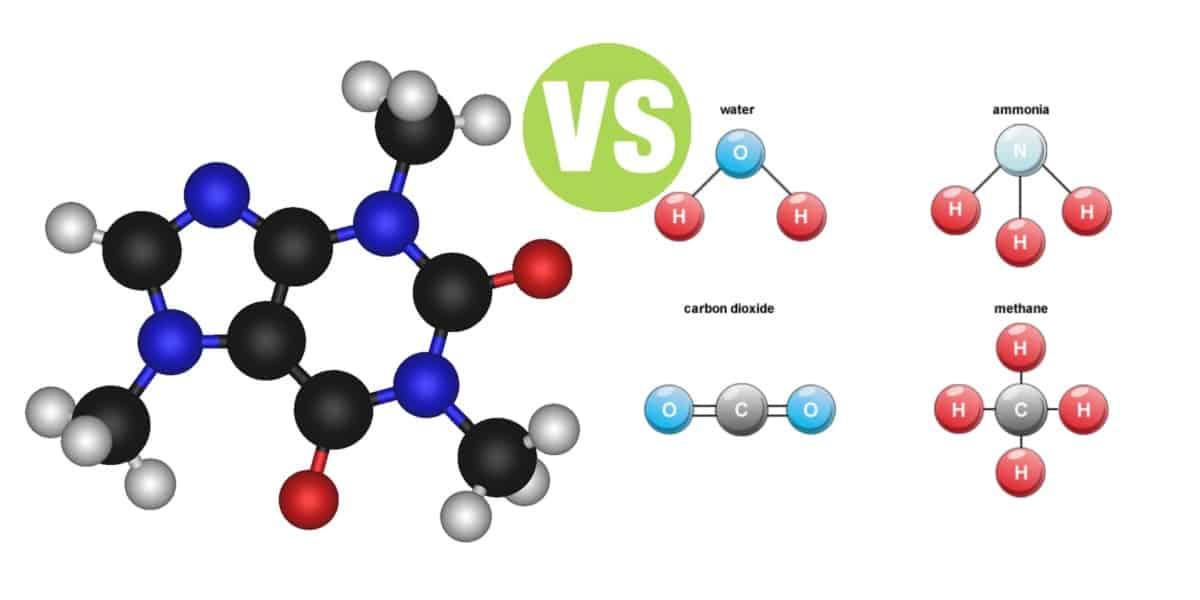
Molecule
When two or more atoms are combined together, they form a molecule. A molecule is actually the smallest amount of any chemical substance that can exist. Or you can say.
Atoms bonded together in a permanent fashion are known as Molecule.
Molecules shows all the properties of the substance and can exist independently. There are different types of molecules depending upon the number and types of atoms combining.
Types of Molecule
A few types of molecules which you can read below.
Monoatomic Molecule
A Molecule consisting of only one atom is called Monoatomic Molecule. For example, the inert glasses helium, neon and argon all exist in atomic form and they are called monoatomic molecules.
Diatomic Molecule
If a molecule consists of two atoms, it is called Diatomic Molecule. For example: hydrogen (H2), oxygen (O2), chlorine (Cl2) and hydrogen chloride (HCL).
Triatomic Molecule
If a molecule consists of three atoms, it is called Triatomic Molecule. For example H2O and CO2.
Polyatomic Molecule
If a molecule consists of many atoms, it is called Polyatomic Molecule. For example: methane (CH4), Sulphuric Acid (H2SO4) and glucose (C6H12O6).
Homoatomic Molecule
A molecule which consists of same type of atoms is called Homoatomic Molecule. For example: hydrogen (H2), ozone (O3), sulphur (S8) and phosphorus (P4) are examples of the molecules that are formed by the same type of atoms.
Heteroatomic Molecule
When a molecule consists of different kinds of atoms, it is called Heteroatomic Molecule. For example: CO2, H2O and NH3.
Example
The smallest amount of water one can have is the molecule of water or H2O. This molecule is made up of different atoms and can be separated also in different atoms. A molecule made up of different elements do not have the same properties like its elements. E.g water is made up of two hydrogen atoms and one oxygen atom but water does not behave same like oxygen or hydrogen.
Compound
Compound is a substance made up of two or more elements chemically combined together in a fixed ratio by mass. As a result of this combination, elements lose their own properties and produce new substances (compounds) that have entirely different properties. Compounds can’t be broken down into its constituent elements by simple physical methods. For example, carbon dioxide is formed when elements of carbon and oxygen combine chemically in a fixed ration of 12:38 or 3:8 by mass. Similarly water is a compound formed by a chemical combination between hydrogen and oxygen in a fixed ration of 1:8 by mass.
Compounds can be classified as ionic or covalent. Ionic Ionic compounds do not exist in independent molecular form. They form a three-dimensional crystal lattice, in which each ion is surrounded by oppositely charged ions. These oppositely charged ions attract each other very strongly, as a result ionic compounds have high melting and boiling points. These compounds are represented by formula units e.g NaCl, KBr, CuSO4.
The covalent compounds mostly exist in molecular form. Molecule is a true representative of the covalent compound and its formula is called Molecular Formula e.g H2O, HCl, H2SO4, CH4.
Difference Between Compound and Molecule
COMPOUND
- It is formed by a chemical combination of atoms of the elements.
- The constituents lose their identity and form a new substance having entirely different properties from them.
- Compound always have fixed composition by mass.
- The components cannot be separated by physical means.
- Every compound is represented by a chemical formula.
- Compounds have homogeneous composition.
- Compounds have sharp and fixed melting points.
MOLECULE
- It is the smallest particle of an element or compound which can exist independently and shows all the properties of that compound.
- It is always neutral.
- It is formed by the combination of atoms.
- It is a stable unit.
Also Read:

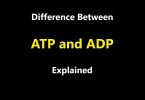
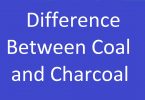

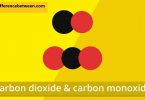
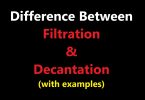

Leave a Comment
You must be logged in to post a comment.